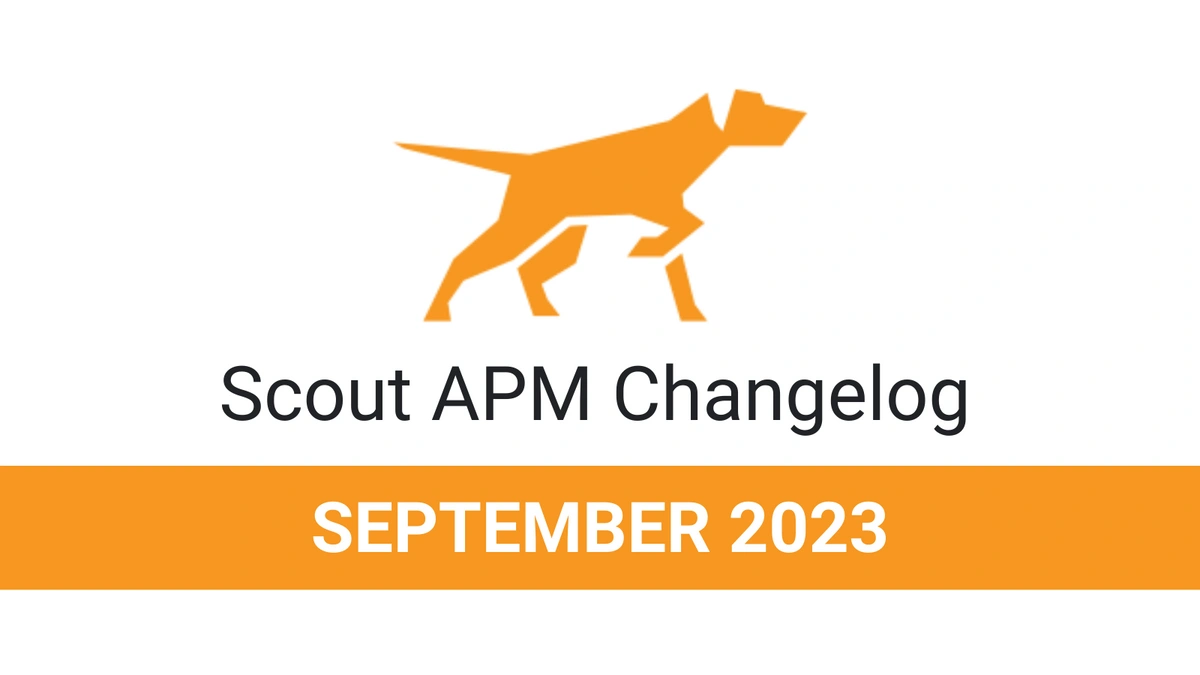Our failed experiment: great on the rack, bad in the mirror

My left arm is one inch longer than my right. My right foot is a half inch longer than the left. For me, trying on clothes is an adventure: what looks good on the rack often doesn’t on me. I thought of this recently when we decided to end development of a new product.
There wasn’t anything wrong with this product. It worked, looked good for a BETA release, and wasn’t a support burden. The problem? We didn’t use it. The magnitude of not using our product became clear when we compared it to Scout, our product that we use daily.
Our two key takeaways:
No Internal Compass
We lacked the sense of direction that only develops from using a product daily. Many of the improvements we make to Scout are gradual adjustments that build on each other, adding up to something big over time.
These small adjustments only come from first-hand experience using your product. If you aren’t using your own product, you start making bets on new features, but those features don’t get refined because you don’t use them. It’s a downward spiral: over time, your product gets larger and unconnected.
No Self-Satisfaction
When Scout is improved, we appreciate it because we use it. We’re motivated to continually improve Scout because it makes our lives easier. If you aren’t using your own product, improving it is a pain-in-the-ass. You’re doing the planting and the harvest but throwing the crop in the trash.
Summary
There’s nothing wrong with building out an idea, realizing you’re not going to use it, and dropping it. You wouldn’t buy a shirt that didn’t fit just because it looked good on the rack.




